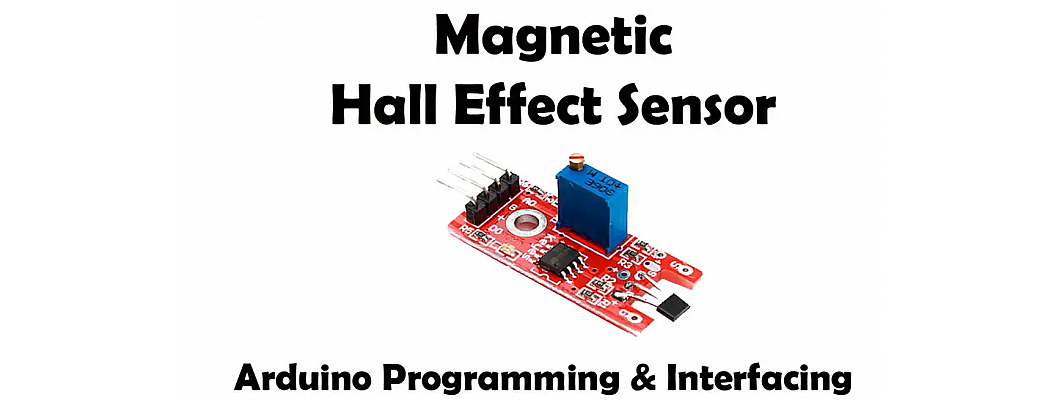
Hello,
In this tutorial, we are going to discuss the Hall effect and learn the interface with the hall effect sensors. We will also discuss the advantages, disadvantages, and applications of Hall effect sensors.
Hardware Required
Software Required
Hall effect Sensors
-
Hall effect is the phenomenon when an electric current is induced inside a semiconductor or an electric conductor in presence of a magnetic field. The direction of the flow of current is transverse to that of the direction of the magnetic field. The force which is applied to the charge carriers due to the magnetic field is called the Lorentz force. This effect is named after the famous American physicist Edwin Hall.
-
Hall effect is a rudimentary phenomenon but it has a wide variety of applications ranging from proximity sensors to automobiles.

-
Hall effect sensors are made of semiconductor substances like gallium arsenide (GaAs), indium arsenide (InAs), indium antimonide (InSb), indium phosphide, or graphene. A constant DC supply is provided for the hall effect sensors to work.
-
Now when the sensor comes in the vicinity of magnetic flux, the holes, and the electrons are pushed away and a bandgap is formed between the semiconductor. This generates a potential difference in the semiconductor.
-
For the Hall effect sensor to work, the magnetic field should always be transverse to the current flowing in the semiconductor material. This effect is called the Hall effect and the potential difference is called Hall Voltage. The Hall voltage is directly proportional to the intensity of the magnetic field.
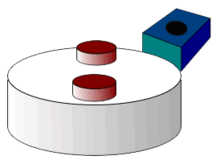
-
The above video shows two red magnets and a hall effect sensor. As we can see that the sensor only activates after the magnet comes into the vicinity. To activate a hall effect sensor, the voltage has to exceed a certain threshold.
-
Hall effect sensors can also be used as switches. These switches stay in open condition all the time and only go into closed condition after a magnetic field comes into its vicinity. Otherwise, they are designed to keep the circuit in open condition.
-
Hall effect sensors can provide valuable data like in certain conditions only a south pole will activate the sensor and not the north pole. It can also provide data about the magnitude of the magnetic field.
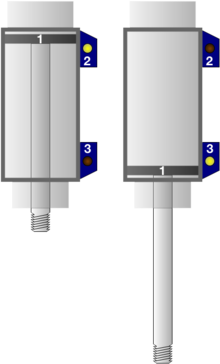
-
The above picture shows a magnetic piston in a pneumatic cylinder. There are two hall effect sensors mounted on the two extremes of the cylinder. This can show the position of a piston at any point in time just by looking at those sensors.
Advantages of Hall effect sensors
-
Hall effect sensors are immune to dust, mud, water. These characteristics make them perfect for making proximity sensors.
-
They are highly reliable.
-
They are generally used as non-contact sensors so they have a long life.
Disadvantages of Hall effect sensors
-
It can only be used with magnetic materials as it detects magnetic fields only.
-
If there are any magnetic fields in the surroundings, then this might affect the performance of the sensor.
Applications of Hall effect sensors
-
Automation equipment
-
Mobile vehicle
-
Marine
-
Handling equipment
-
Agricultural machinery
-
Process and packaging machines
-
Slitting & rewinding machines
Interfacing with A3144 hall effect sensor
-
The A3144 Hall effect sensor for Arduino is a switch that will turn on/off in the presence of a magnetic field. If there is no magnetic field present, then the signal line of the sensor is HIGH. If a magnetic field is present then the signal line goes LOW, at the same time the LED on the sensor lights up. An onboard LED will also indicate the presence of a magnetic field.
-
Assemble the circuit as shown in the circuit diagram.
-
After the circuit is complete and the power supply has been started. If a magnetic field near the sensor crosses the threshold magnetic field then the LED on the hall effect sensor will light up. You can also use a buzzer instead of an LED.
-
I hope you learned something about hall effect and hall effect sensors in this article and I hope you enjoyed it.

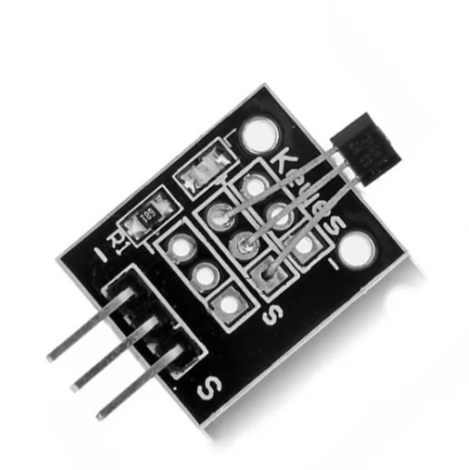
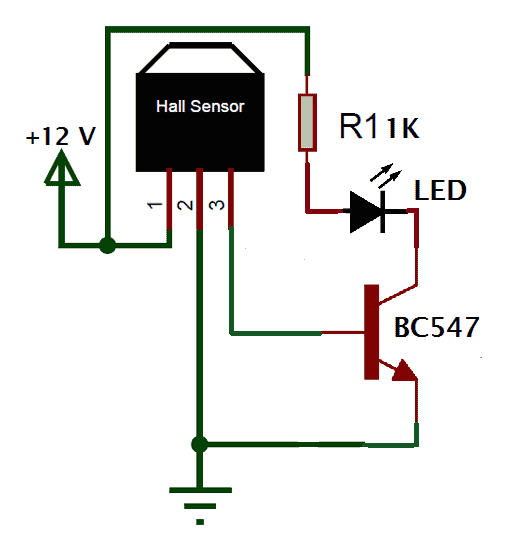
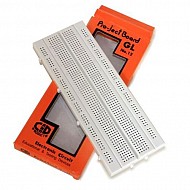
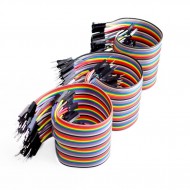
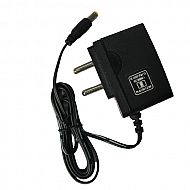
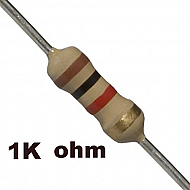
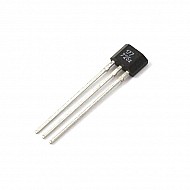
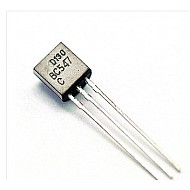

Leave a Comment